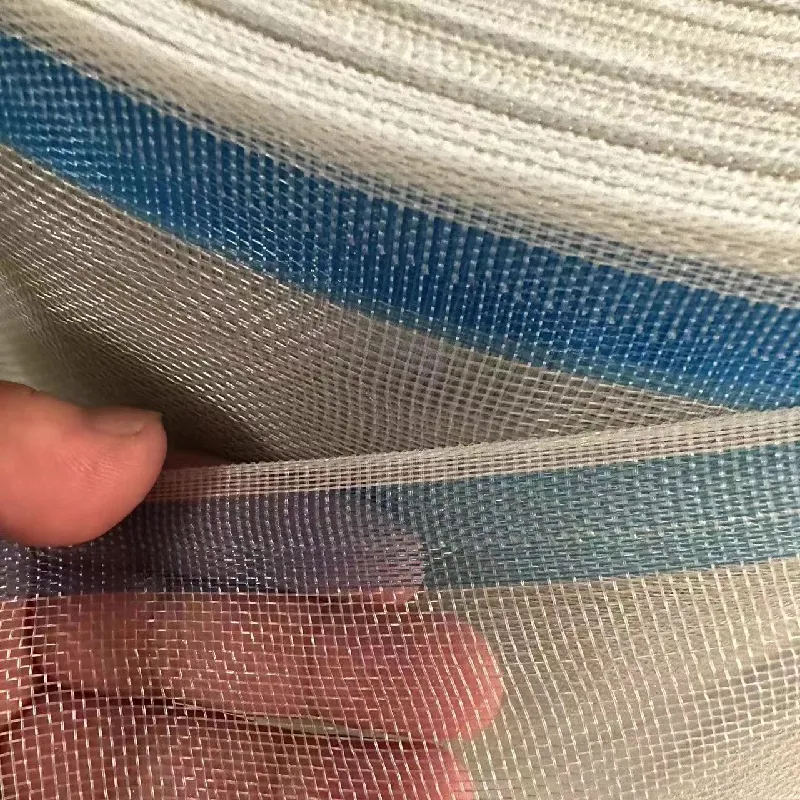-
 Afrikaans
Afrikaans -
 Albanian
Albanian -
 Amharic
Amharic -
 Arabic
Arabic -
 Armenian
Armenian -
 Azerbaijani
Azerbaijani -
 Basque
Basque -
 Belarusian
Belarusian -
 Bengali
Bengali -
 Bosnian
Bosnian -
 Bulgarian
Bulgarian -
 Catalan
Catalan -
 Cebuano
Cebuano -
 China
China -
 Corsican
Corsican -
 Croatian
Croatian -
 Czech
Czech -
 Danish
Danish -
 Dutch
Dutch -
 English
English -
 Esperanto
Esperanto -
 Estonian
Estonian -
 Finnish
Finnish -
 French
French -
 Frisian
Frisian -
 Galician
Galician -
 Georgian
Georgian -
 German
German -
 Greek
Greek -
 Gujarati
Gujarati -
 Haitian Creole
Haitian Creole -
 hausa
hausa -
 hawaiian
hawaiian -
 Hebrew
Hebrew -
 Hindi
Hindi -
 Miao
Miao -
 Hungarian
Hungarian -
 Icelandic
Icelandic -
 igbo
igbo -
 Indonesian
Indonesian -
 irish
irish -
 Italian
Italian -
 Japanese
Japanese -
 Javanese
Javanese -
 Kannada
Kannada -
 kazakh
kazakh -
 Khmer
Khmer -
 Rwandese
Rwandese -
 Korean
Korean -
 Kurdish
Kurdish -
 Kyrgyz
Kyrgyz -
 Lao
Lao -
 Latin
Latin -
 Latvian
Latvian -
 Lithuanian
Lithuanian -
 Luxembourgish
Luxembourgish -
 Macedonian
Macedonian -
 Malgashi
Malgashi -
 Malay
Malay -
 Malayalam
Malayalam -
 Maltese
Maltese -
 Maori
Maori -
 Marathi
Marathi -
 Mongolian
Mongolian -
 Myanmar
Myanmar -
 Nepali
Nepali -
 Norwegian
Norwegian -
 Norwegian
Norwegian -
 Occitan
Occitan -
 Pashto
Pashto -
 Persian
Persian -
 Polish
Polish -
 Portuguese
Portuguese -
 Punjabi
Punjabi -
 Romanian
Romanian -
 Russian
Russian -
 Samoan
Samoan -
 Scottish Gaelic
Scottish Gaelic -
 Serbian
Serbian -
 Sesotho
Sesotho -
 Shona
Shona -
 Sindhi
Sindhi -
 Sinhala
Sinhala -
 Slovak
Slovak -
 Slovenian
Slovenian -
 Somali
Somali -
 Spanish
Spanish -
 Sundanese
Sundanese -
 Swahili
Swahili -
 Swedish
Swedish -
 Tagalog
Tagalog -
 Tajik
Tajik -
 Tamil
Tamil -
 Tatar
Tatar -
 Telugu
Telugu -
 Thai
Thai -
 Turkish
Turkish -
 Turkmen
Turkmen -
 Ukrainian
Ukrainian -
 Urdu
Urdu -
 Uighur
Uighur -
 Uzbek
Uzbek -
 Vietnamese
Vietnamese -
 Welsh
Welsh -
 Bantu
Bantu -
 Yiddish
Yiddish -
 Yoruba
Yoruba -
 Zulu
Zulu
Innovative Strategies for Sustainable Hawk Netting Techniques in Wildlife Conservation
Hawk Netting A Revolutionary Approach to Bird Control
In the realm of pest management, traditional methods have often included traps, poisons, and physical barriers. However, with the increasing awareness of environmental conservation, innovative and sustainable approaches to controlling bird populations are gaining traction. One such approach is hawk netting, a method that employs the natural instincts of birds of prey to deter unwanted avian species.
Hawk netting takes its name from the use of decoys or holograms representing hawks, which are natural predators to many smaller bird species. In various agricultural and urban settings, these effective visual deterrents are employed to reduce the presence of nuisance birds that can cause significant damage to crops, property, and even infrastructure. The essence of hawk netting lies in its ability to mimic the threat of predation, influencing the behavior of smaller birds to avoid the area altogether.
The strategy is grounded in the understanding of bird behavioral ecology. Many birds possess adaptive instincts that make them wary of potential threats in their environment. By introducing a hawk decoy into a specific area, landowners can create a perception of danger, which in turn encourages smaller birds to relocate to safer habitats. This method not only proves effective in protecting crops but also minimizes the use of harmful chemicals that can have detrimental effects on the ecosystem.
Moreover, hawk netting can be particularly advantageous in urban settings
. Cities often grapple with overpopulation of certain bird species, leading to challenges such as property damage and health risks associated with bird droppings. By strategically placing hawk decoys on rooftops, balconies, or gardens, residents and city planners can significantly reduce the presence of unwanted birds without resorting to lethal measures.hawk netting

One of the notable benefits of hawk netting is its adaptability. Unlike traditional nets which might physically entrap birds, hawk netting merely relies on the illusion of danger. This non-invasive approach ensures that the local bird populations are not harmed, promoting a more ethical method of pest control. Additionally, it allows for the coexistence of various bird species, supporting biodiversity in both agricultural and urban landscapes.
As with any pest control method, the effectiveness of hawk netting can vary based on several factors, including the species of birds present, local environmental conditions, and the positioning of the decoys. It is crucial for users to monitor the areas they wish to protect and make adjustments as necessary. For best results, combining hawk netting with other integrated pest management strategies—such as environmental modifications and habitat management—can enhance its efficacy.
Furthermore, the aesthetic appeal of hawk decoys—often designed to be lifelike—can serve a dual purpose. In agricultural situations, these decoys often blend into the landscape, maintaining the visual appeal while promoting functionality. In urban environments, they can even become an intriguing conversation starter, raising awareness about wildlife and the importance of ecosystems.
In conclusion, hawk netting represents a forward-thinking solution for bird control that respects nature while effectively managing avian populations. By utilizing the natural fear smaller birds have of their predators, this innovative approach provides a sustainable alternative to chemical deterrents and physical barriers. As we continue to explore and implement environmentally friendly strategies in pest management, hawk netting stands out as a promising method contributing to the balance between human activity and wildlife conservation.
-
Shipping Plastic Bags for Every NeedNewsJul.24,2025
-
Safety Netting: Your Shield in ConstructionNewsJul.24,2025
-
Plastic Mesh Netting for Everyday UseNewsJul.24,2025
-
Nylon Netting for Every UseNewsJul.24,2025
-
Mesh Breeder Box for Fish TanksNewsJul.24,2025
-
Expanded Steel Mesh Offers Durable VersatilityNewsJul.24,2025











